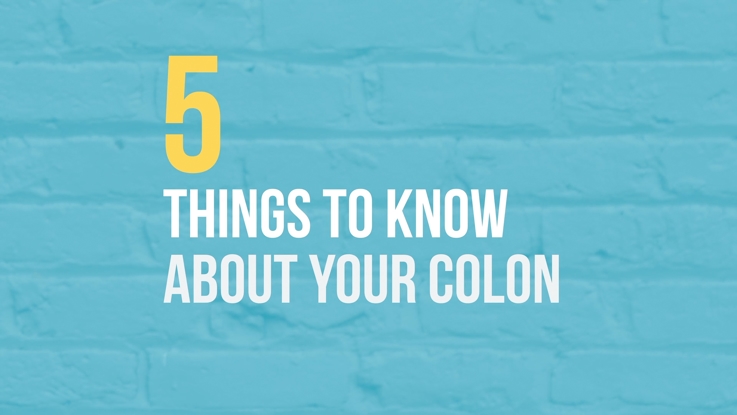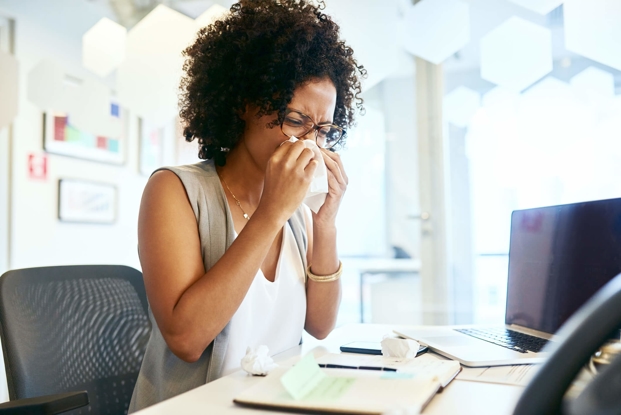Rash action: why you should get the shingles vaccine
- Category: Allergy & Immunology
- Posted On:

Why risk developing a painful rash when you have a shot to avoid it? The shingles vaccine is your best defense against a disease that can turn life upside down for weeks or longer.
Shingles 101
If you had chickenpox when you were younger, the varicella-zoster virus that caused it didn’t leave your body when the rash cleared—it just went dormant. There’s an approximately one-in-three chance the virus will reactivate later in life, causing shingles. This condition can cause a painful, blistering rash on your face or body, typically near the waist. The skin may itch, tingle or go numb, and you may develop chills or a fever.
Having had chickenpox puts you at risk for shingles. In addition, other risk factors can increase the chance the dormant virus will lead to shingles. For example, you’re more vulnerable to shingles if you have a weakened immune system. You’re also more likely to develop this disease if you’re older than 60.
For some people, the shingles rash is just a minor irritation. For others, however, it’s extremely painful and can cause complications, such as nerve pain or vision problems, long after the rash fades. The shingles vaccine offers a chance to sidestep the blisters, discomfort and potential long-term harm of this disease.
What is the shingles vaccine?
Shingrix—the current shingles vaccine—is a two-dose series of shots that replaced the previous vaccine, Zostavax. The shingles vaccine can prevent shingles and related complications, including chronic nerve pain.
What’s the benefit of the newer shingles vaccine? Shingrix is more effective than its predecessor. If you have a healthy immune system, the vaccine offers 90% protection against shingles, according to the Centers for Disease Control and Prevention (CDC). People with weakened immune systems also gain major protection from vaccination. For them, the vaccine is 68% to 91% effective.
Is it your time to get the shingles vaccine?
If you’re 50 or older, absolutely. The CDC recommends shingles vaccination for adults in this category, but they’re not the only ones who should consider vaccination. If you’re 19 or older and have a weakened immune system, experts also recommend the shingles vaccine for you.
Had shingles? Vaccination isn’t off-limits. In fact, the shingles vaccine can protect you against future bouts with the disease. You should also get vaccinated if you received Zostavax or the chickenpox vaccine.
Talk to your primary care provider if you’re wondering whether to get the shingles vaccine. If you have shingles, wait until the rash clears to get vaccinated. You should also delay vaccination if you’re pregnant—you can get the shots after your bundle of joy arrives. Don’t get the shingles vaccine if you’re allergic to one of its ingredients or have had an allergic reaction to the first dose.
What to expect after vaccination
As with many shots, your upper arm may be sore, red or swollen after you get the shingles vaccine. In addition, you may get a headache, feel extra tired or develop a fever. Fortunately, these side effects usually pass within days—and they’re much easier to deal with than shingles.
Over-the-counter pain medicine can help you cope with side effects. Let your primary care provider know if they don’t clear up within three days. Once the side effects pass, you’ll be back to feeling like you—and you can move forward without worrying about shingles.
Request an appointment with a primary care provider who can discuss your shingles risk and administer the shingles vaccine.

